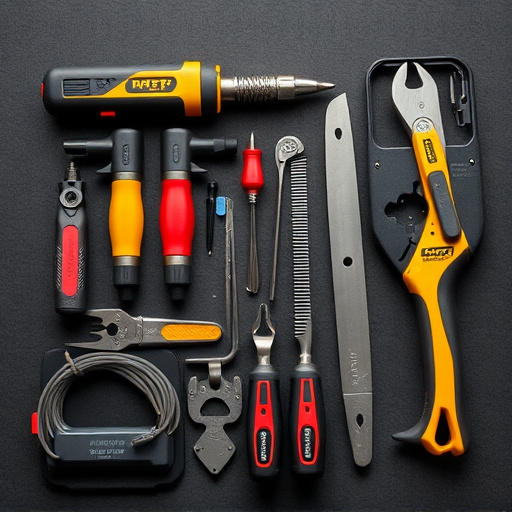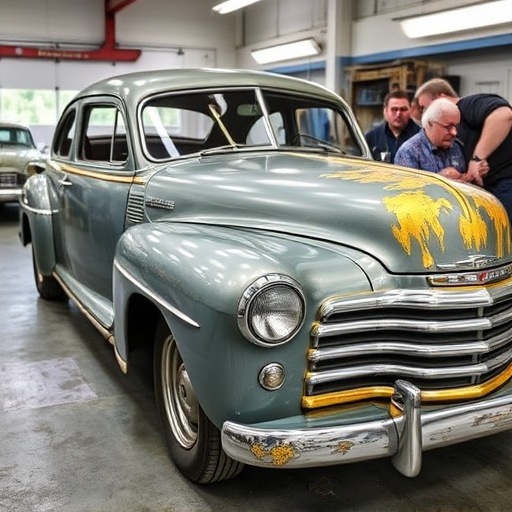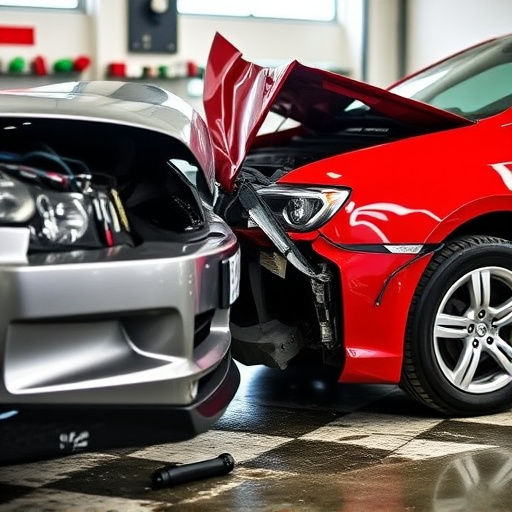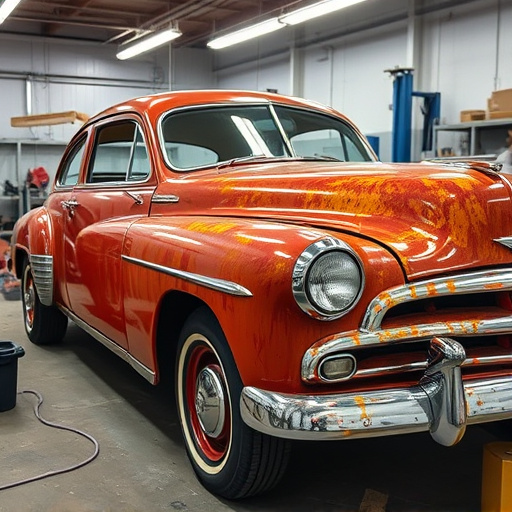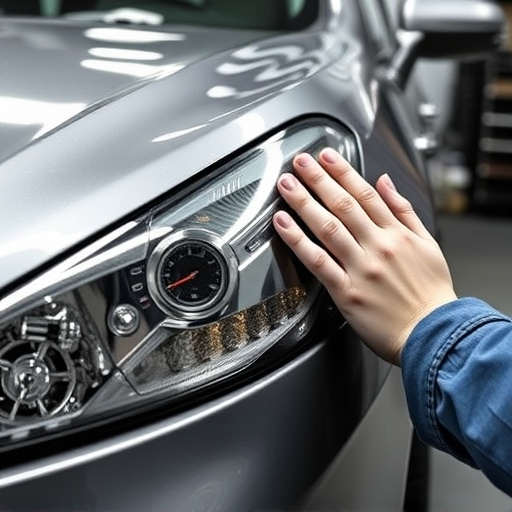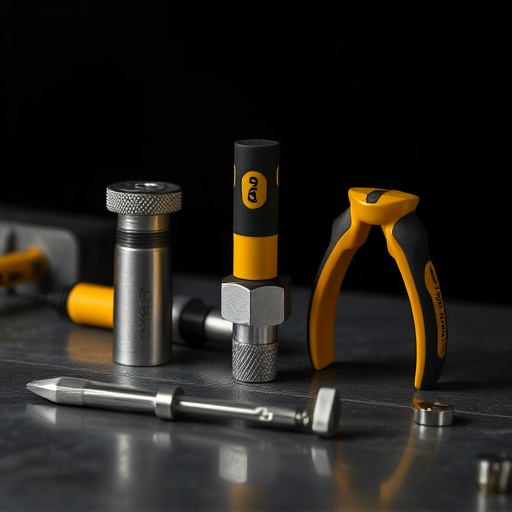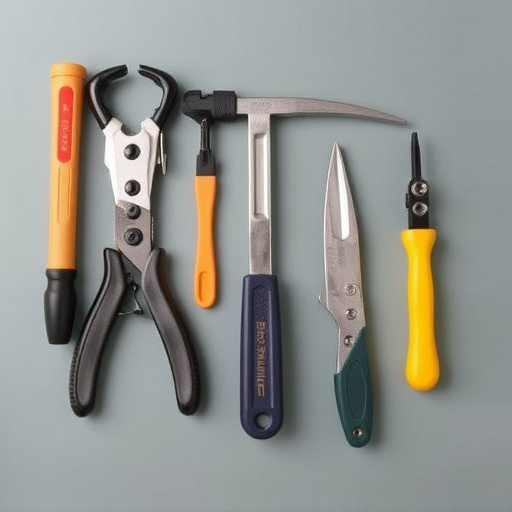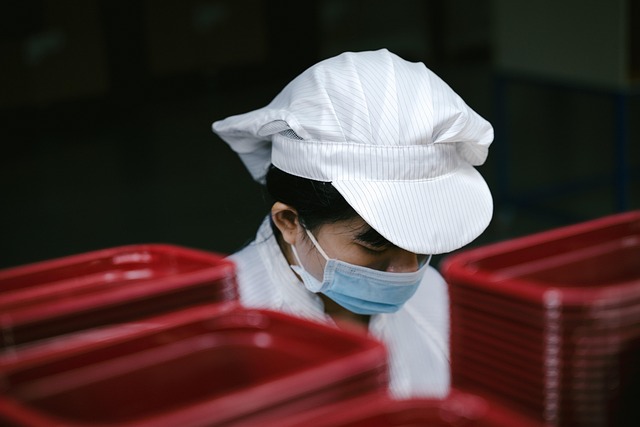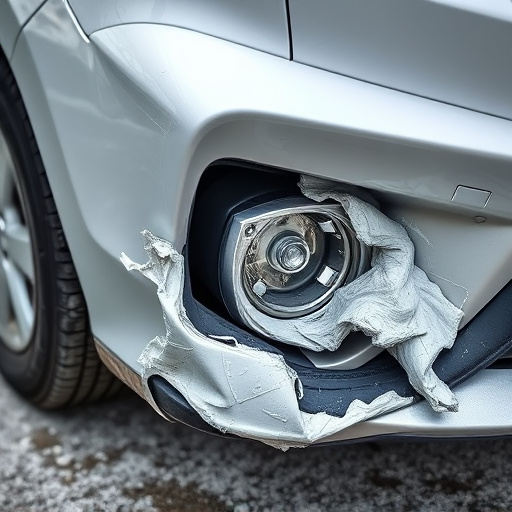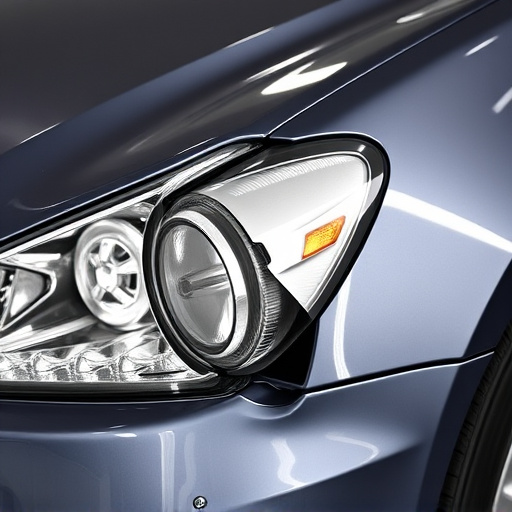Plasma cutting technology is revolutionizing collision repair, offering unparalleled precision, efficiency, and versatility. It minimizes waste, produces cleaner cuts, and handles diverse materials and thicknesses, enhancing aesthetic appeal and saving costs. Despite initial challenges like cost and training, plasma cutting collision repair provides meticulous restoration, from detailed inspection to skilled preparation and high-quality painting, appealing to both modern and classic vehicle owners seeking top-tier craftsmanship.
Plasma cutting has emerged as a game-changer in the collision repair industry, offering precise and efficient metal fabrication. This advanced technology utilizes a high-velocity jet of ionized gas to cut through various materials, from thin sheet metal to robust structures. This article delves into the intricacies of plasma cutting collision repair, exploring its advantages, challenges, and practical application. By understanding these aspects, professionals can harness this technology’s potential for faster, cleaner, and more cost-effective repairs.
- Understanding Plasma Cutting Technology for Collision Repair
- Advantages and Challenges of Plasma Cutting in Collision Repair
- Practical Application: Steps Involved in Plasma Cutting Collision Repair
Understanding Plasma Cutting Technology for Collision Repair
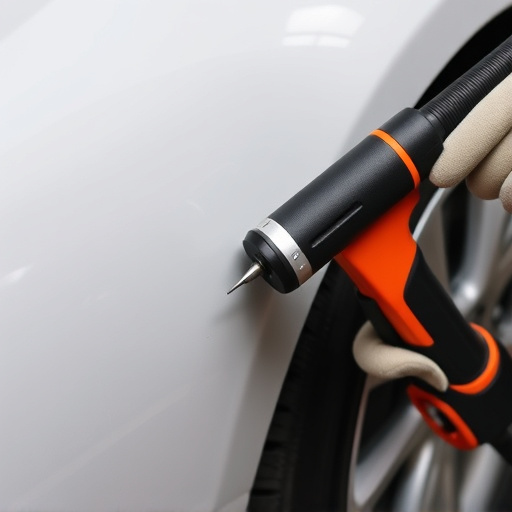
Plasma cutting technology has emerged as a game-changer in the realm of collision repair, offering precision and efficiency like never before. This innovative process involves using a plasma arc to cut through various materials, including metal, with remarkable speed and accuracy. In the context of automotive collision repair, plasma cutting has become an indispensable tool for auto repair services. It enables technicians to precisely remove damaged sections of a vehicle, facilitating faster and more effective repairs.
Compared to traditional cutting methods, plasma cutting collision repair offers several advantages. Its precision allows for minimal material loss, reducing waste and the need for excessive patching in car dent repair processes. Moreover, the controlled nature of the plasma arc ensures cleaner cuts, resulting in better-finished surfaces that require less additional work. With its ability to handle a wide range of materials and thicknesses, plasma cutting has revolutionized auto repair services, making collision repair more efficient, cost-effective, and aesthetically pleasing.
Advantages and Challenges of Plasma Cutting in Collision Repair
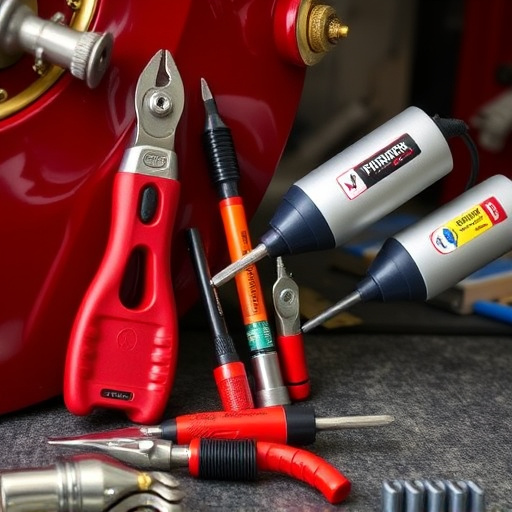
Plasma cutting has emerged as a game-changer in the realm of collision repair and classic car restoration. This advanced technology offers several advantages over traditional cutting methods. Firstly, it provides precise and clean cuts, ensuring minimal heat input which is crucial for preserving the integrity of the material, especially in delicate metalwork. This precision allows for intricate designs and complex patterns to be cut with ease, opening up a world of possibilities for custom restoration projects.
Despite its many benefits, plasma cutting does present certain challenges. One major consideration is the initial cost; plasma cutting equipment can be significantly more expensive than conventional tools. Additionally, it requires specialized training and skill to operate effectively, which may pose a barrier for some collision repair shops. However, with proper investment in training and technology, plasma cutting collision repair services can elevate the quality of restoration work, catering to both modern and classic vehicle owners seeking top-tier craftsmanship.
Practical Application: Steps Involved in Plasma Cutting Collision Repair
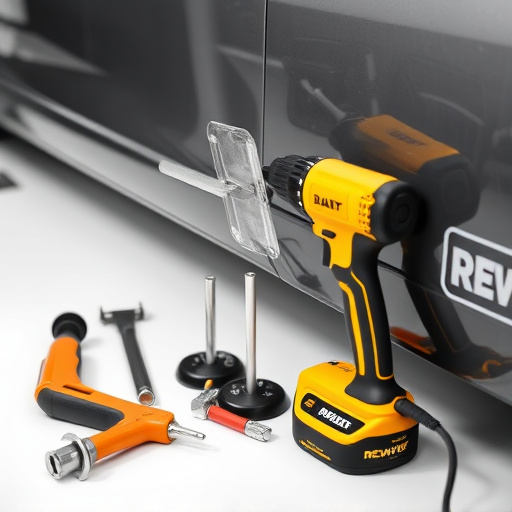
Plasma cutting collision repair is a highly precise technique used to fix car damage and bring vehicles back to their original state. The process begins with thorough inspection to identify the extent of the scratch repair or vehicle repair services needed. Once assessed, specialized plasma cutting equipment is employed to carefully remove damaged areas without affecting surrounding intact surfaces.
After plasma cutting, skilled technicians meticulously prepare the repaired section for painting by sanding and cleaning. This step ensures a seamless blend with the rest of the vehicle. Finally, applying high-quality paint finishes closes the loop, offering both aesthetic enhancement and protection from future car damage repair. Plasma cutting collision repair thus stands as an effective method within the broader spectrum of vehicle repair services.
Plasma cutting collision repair offers a cutting-edge solution for auto body restoration, combining precision and efficiency. As this technology continues to evolve, understanding its advantages and learning practical application steps are key for professionals in the automotive industry. By embracing plasma cutting, collision repair shops can enhance their capabilities, improve job completion times, and provide high-quality results that satisfy customers’ expectations.
